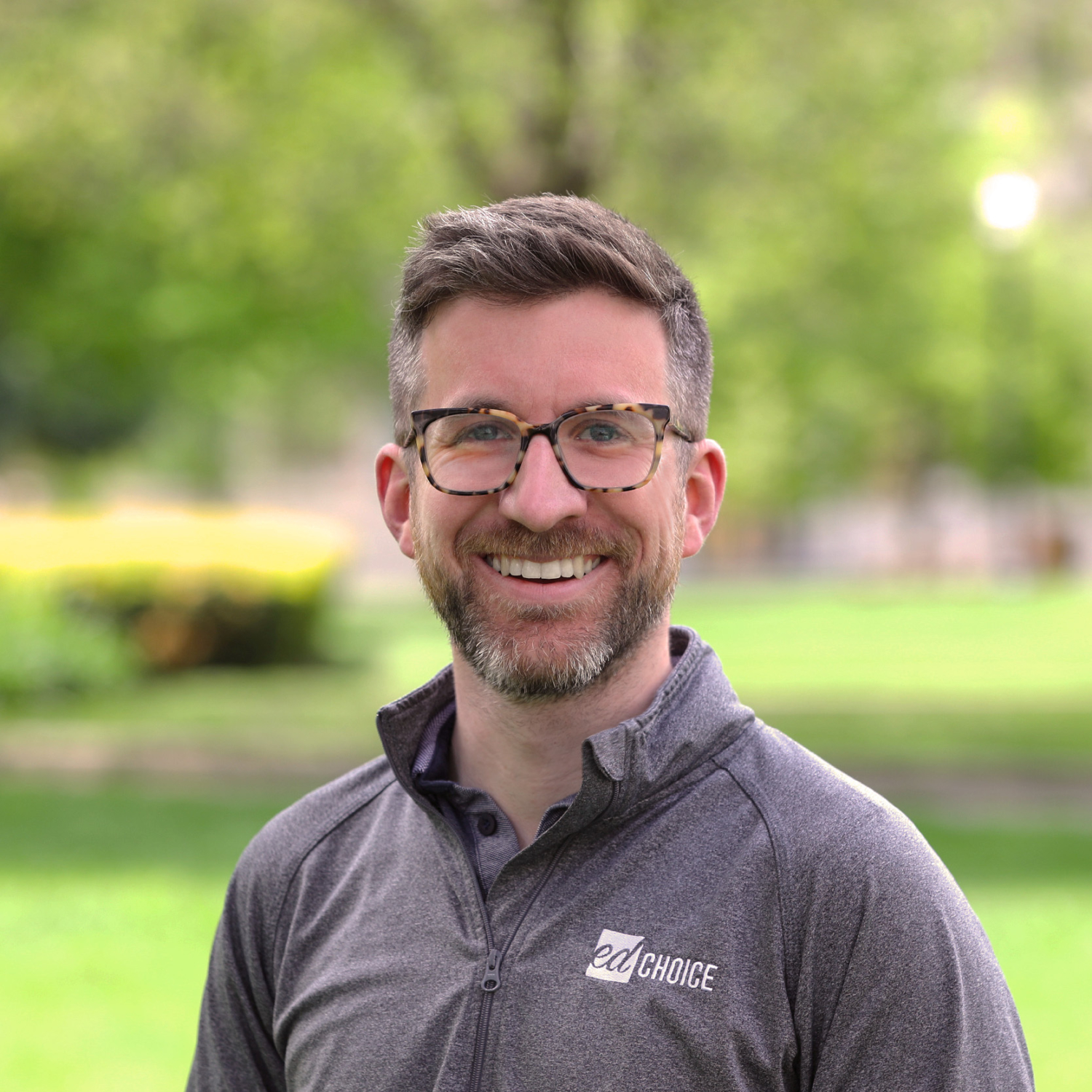Private School Profiles: How Bishop Guertin High School is Responding to COVID-19
Bishop Guertin High School in Nashua, New Hampshire, sent its first coronavirus-related communication to parents on February 27, 2020. Yes, you read that right. They were looking at trends and thinking about contingencies weeks before many other schools and school systems.
I know they sent this communication because they have created a specific page on their website to collect every communication related to COVID-19. The school’s missives are detailed, they are helpful, and they are keeping the Bishop Guertin community connected during this trying time.
Bishop Guertin is a co-educational Catholic high school serving almost 800 students. It is the alma mater of EdChoice’s own Director of Policy Jason Bedrick, but we won’t hold that against the school. It has been transitioning to a 1-to-1 Bring Your Own Device (BYOD)-model over the past several years, and fortuitously, this year was the first that students were required to have a laptop or Chromebook.
This has allowed the school to transition classes online, albeit in a reduced schedule. It has also allowed for teachers to communicate with students and with each other, and for community-building activities to continue in a virtual setting.
As of today, the school offers four 55-minute live classes via Google Meet each morning after a 15-minute advisory period. There is a bit more than 30 minutes between class sessions to allow for technical troubleshooting. Classes wrap up by 1:30, and teachers have extra time available in the afternoon should advanced classes like AP need to meet for extra instruction.
Principal Jason Strniste sat down for a phone conversation with me and described what they have been doing to cope with COVID-19.
I’d like to highlight three lessons.
Lesson #1: Preparation
Bishop Guertin benefited from both long- and short-term preparation.
Over the long term, the school has been moving to a 1-to-1 (one device for every student) model, which has made transitioning to online learning easier. The school’s tech department has been troubleshooting device issues for some time now and is well versed in working through challenges. Teachers have been getting up to speed on integrating computers into their lessons, which has helped ease the transition as well.
Over the short term, the school got out in front of COVID-19 and started planning and preparing before the world became more chaotic. In the first week of March, they started training up teachers on Google Meet and Google Classroom tools and communicating with families about contingency plans. They built the page on the website I linked to above and began regularly communicating with parents.
Both this short- and long-term preparation put them in a better position to succeed.
Lesson #2: Communication
I’ve already referenced it twice, but I cannot speak highly enough about the page that Bishop Guertin set up to communicate with parents. Not only does it have school-related resources, but it also has everything from updates about COVID-19 to tips about working from home, religious devotionals and campus ministry resources, and mental health resources. Even if you didn’t have students at the school, it would be a good page to read to find out more about getting through the COVID-19 pandemic. It is really worth checking out.
But the school is even doing more than that. Strniste has also created virtual “office hours” via Zoom video conferencing software to meet with parents directly.
Lesson #3: Prioritization
Schools are not going to be able to perfectly recreate every element of their in-person experience online. This means that schools are going to have to prioritize what they do. Bishop Guertin has been intentional about thinking through how to prioritize the elements of schooling that they want to move online.
Strniste told me that they are willing to sacrifice some content and some rigor for normalcy and routine. They want to emphasize connection and interaction between students and teachers and students and their fellow classmates. High school students today have lots of fear and uncertainty in their lives, and schools frequency function as teenagers’ support systems. Alienating students from their support system during a global health crisis is a double whammy.
The school is not trying to overwhelm students with a full day of online learning. Strniste has created a student advisory board that meets with him via Zoom. They communicated to him that after four to five hours online, they are burned out, and the school has adjusted the calendar appropriately. It also works to try and help teachers who are looking after their own children in addition to working full time.
The school has set up a regular routine that does not overly tax students or teachers while still granting opportunities for both learning and community building. They have got their priorities right.
Bishop Guertin’s philosophy and strategy could be a model for schools across the country. It is not expensive to add a page to your school’s website with updates and key information. It is important to remember that schools are more to children than simply places where they master academic content. And it is vital to recognize that even though schools cannot recreate everything that they do in person online, they can create meaningful experiences and connections that can help young people get through these trying times.




